MV Agusta are nothing short of an icon in the world of motorcycles. A name that is synonymous with victories and exotic motorcycles. As they gear up to celebrate their 75th anniversary this month,
here is a recap of their amazing journey thus far
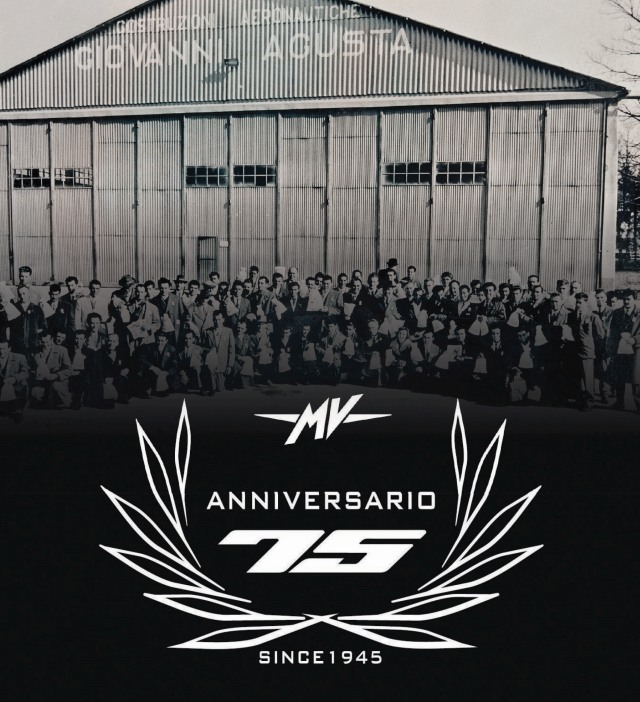
Story: Joshua Varghese
Photography: MV Agusta
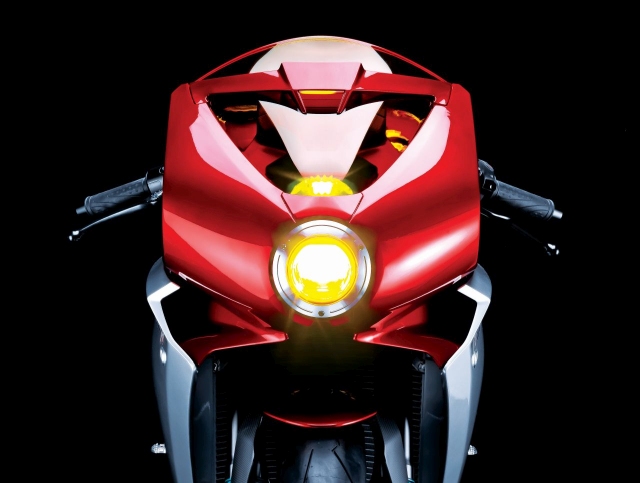
The first thing that comes to mind when I hear “MV Agusta” is the scintillating F4 750, MV’s first superbike. The motorcycle took its form from the sketches of the legendary designer, Massimo Tamburini, and continues to be one of the most beautiful motorcycles in the world even to this day. That motorcycle is a symbol of the core characteristic that most people associate with the MV brand: beauty. Thankfully, that is not all. Motorcycles from the MV Agusta stable set the racing world on fire back in the day and earned the manufacturer an unrivalled 37 Grand Prix World Championship titles. Their stellar racing foundations also nurtured the greatest rider of all time, Giacomo Agostini. As many as 13 of Agostini’s yet-to-be-rivalled 15 world championships were won astride MV Agustas. Earlier this year, on 19 January 2020, to be precise, MV Agusta turned 75 and the anniversary celebrations were held in Varese, Italy, on 20 and 21 June.
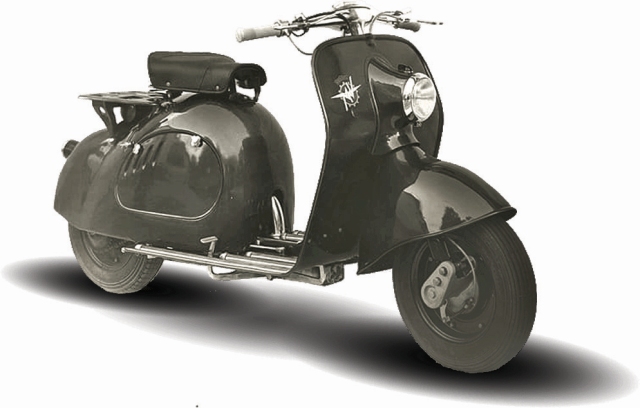
It may surprise you to know that MV Agusta were not always a motorcycle manufacturer. Agusta began life as an aeronautics company and that is why, if you observe closely, you can still see a pair of outstretched wings in the MV Agusta logo, just under the “MV” lettering. When WW-II came to an end, Italy’s economy crumbled and the treaties then in place forbade the manufacture of aircraft. Therefore, in 1943, the firm switched its focus to affordable personal transport and, two years later, its first product was launched — the Vespa 98, later called the MV98 due to copyright issues. The motorcycle bore the new “MV” logo on its tank. It stood for Meccanica Verghera, which translates into “Mechanics of Verghera” because that was the location of the factory. Two years after the MV98 was revealed, the manufacturer claimed its first-ever victory at Carate Brianza, near Milan.
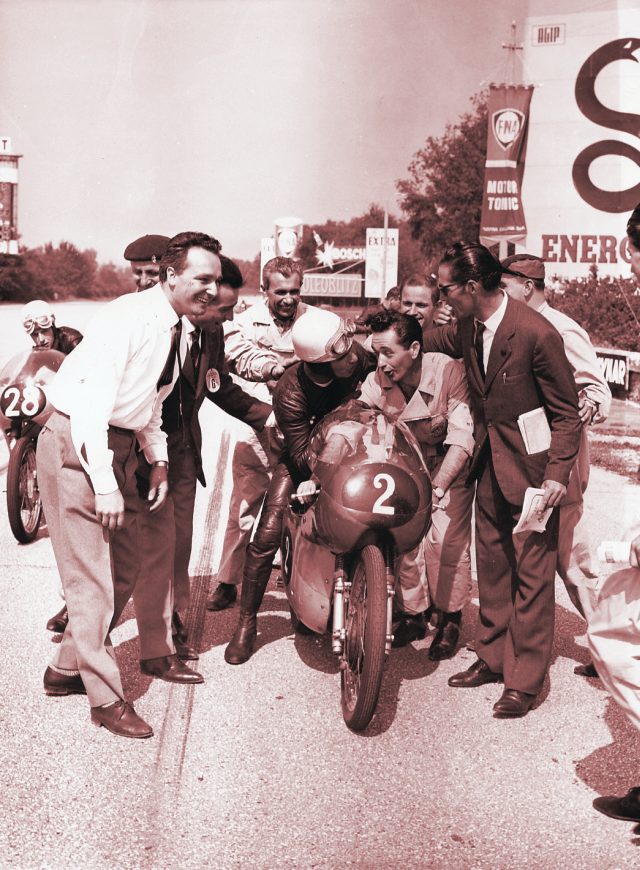
That victory was just the precursor to many more and MV Agusta went on to dominate the racing scene in the 1950s, ’60s, and even the early ’70s. The year 1952 will always remain special for the Italian marque because that was the first time they won the world championship (for rider and constructor). That feat was achieved by the British rider, Cecil Sandford, and his teammate, Leslie Graham. The manufacturer went on to rack up more wins across the classes with riders including Carlo Ubbiali and Fortunato Libanori.
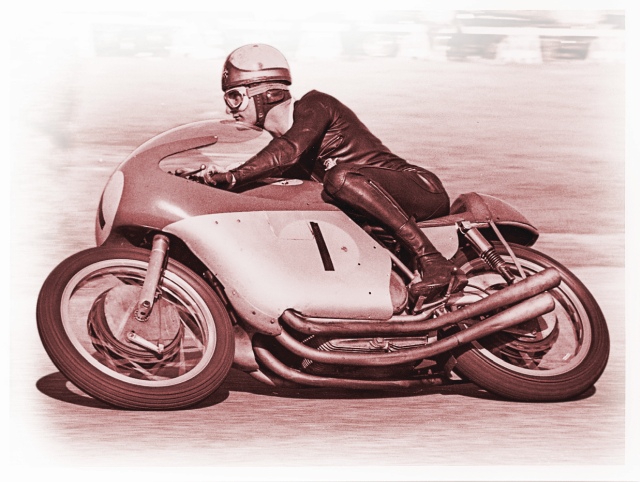
Things got even better for MV Agusta when John Surtees came on board because he managed to bring home MV’s first world championship in the 500-cc class. MV Agusta also had legends like Mike Hailwood and Giacomo Agostini racking up wins for them in the ’60s and ’70s. The latter went on to become the most decorated rider in the history of the sport and MV Agusta’s most successful rider ever.
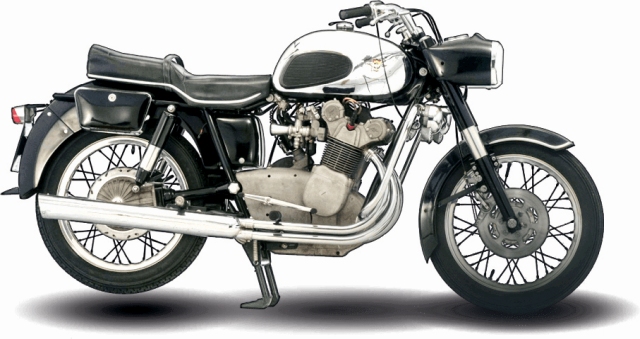
Even as MV’s prowess in racing made history, they had begun introducing large-capacity motorcycles in the market. In 1967, they launched their first in-line four-cylinder, four-stroke motorcycle: the MV 600. They claimed that the MV 600 was quite close to their racing machines of the time and it attracted a large number of enthusiasts. This success spurred them on to venture into the big-bike territory and, in 1970, they launched the 750-cc Sport and Super Sport and followed it up with the 800-cc Sport America.
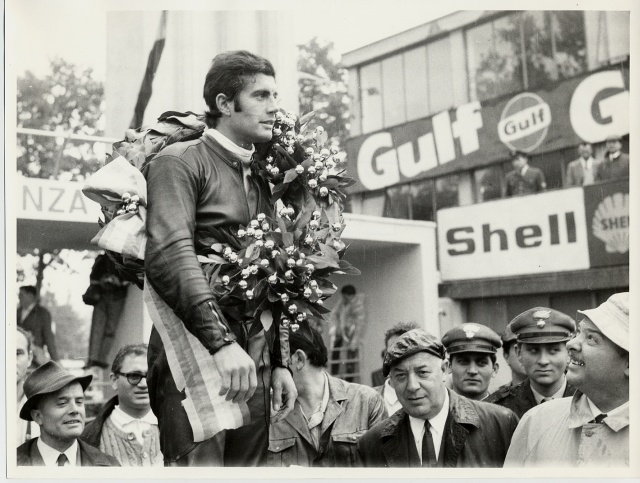
Disaster struck MV when its founding father, Count Domenico Agusta, passed away in 1971. The manufacturer lost its focus and its dwindling fortunes affected its racing chapter as well. After Phil Read’s phenomenal world championship victory in 1972, the last time MV Agusta were on the top step of a podium was in 1976 when Agostini rode his MV 500 to his last victory in a Grand Prix. Plagued by financial troubles, the manufacturer shut shop by 1980.
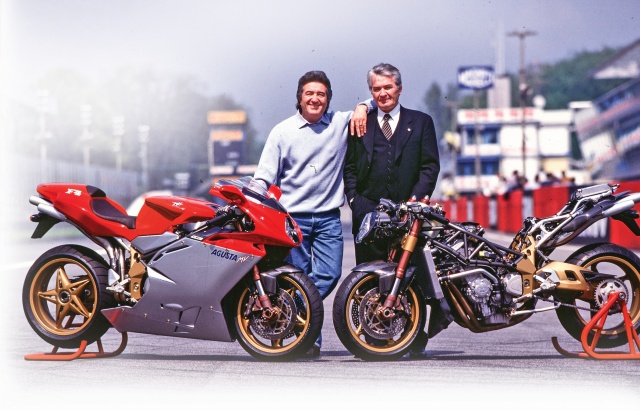
In 1992, MV Agusta fans had reason to celebrate because Claudio Castiglioni’s Cagiva acquired MV Agusta and moved production to its facility on the shores of Lake Varese, Schiranna. Castiglioni was the one who introduced Massimo Tamburini to the fresh MV Agusta canvas. That combination manifested in the form of the extraordinarily beautiful 750-cc F4 at the 1997 Milan motorcycle show. The F4 was not all show either because under the glamour there was an in-line four engine that was developed with help from Ferrari. MV expanded their line-up in 2003 with the introduction of the naked Brutale that was also powered by the 750-cc engine and, a year later, the litre-class F4 entered the scene.
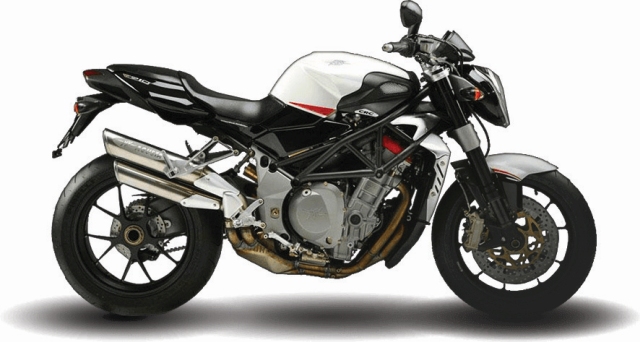
The company was once again in debt and changed hands. It was bought by the Malaysian company, Proton, after which it returned to Italian ownership before being bought off once again in 2008, this time by Harley-Davidson. After a couple of years, the American marque sold MV back to Castiglioni. During Harley-Davidson ownership, MV’s R&D team had enough funding to develop a new engine and they rolled out the F3 675 that drew power from the new in-line triple motor in 2012, a year after Castiglioni’s death.
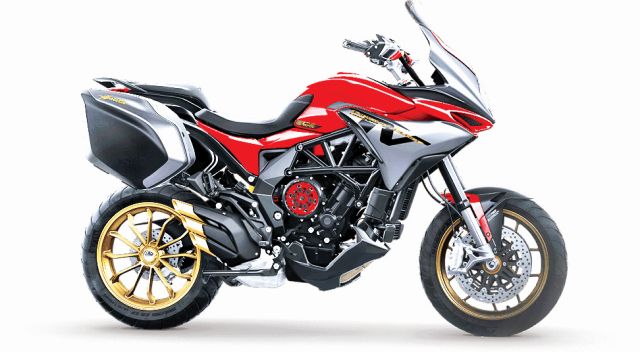
Giovanni took his father’s place and led MV Agusta to greater heights by introducing new models, including the Brutale, Rivale, Turismo Veloce, Stradale, and Dragster. In addition to their in-line four engine, MV also had 675- and 800-cc versions of their newly developed in-line triple in the market. The Turismo Veloce was particularly significant for the brand because it gained them entry into the tourer segment as well.
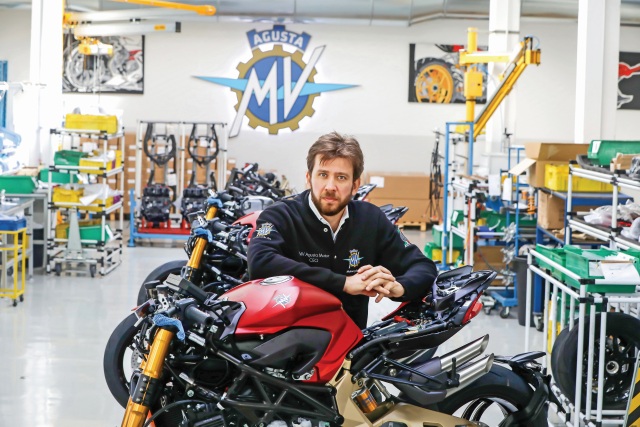
A spate of financial troubles once again saw the iconic marque change hands and, ultimately, Giovanni was replaced as the CEO when MV was wholly bought by the Russian Sardarov family in 2019. Today, Timur Sardarov is the CEO of MV Agusta and under his leadership we have been introduced to the all-new, 1,000-cc in-line four engine that powers the new, exotic Brutale 1000 Serie Oro. The manufacturer has resumed production post the lockdown in that country and all the fans will be pleased to know that the Superveloce 800 Serie Oro is on the production line. Only 300 units will be made of this special-edition motorcycle.
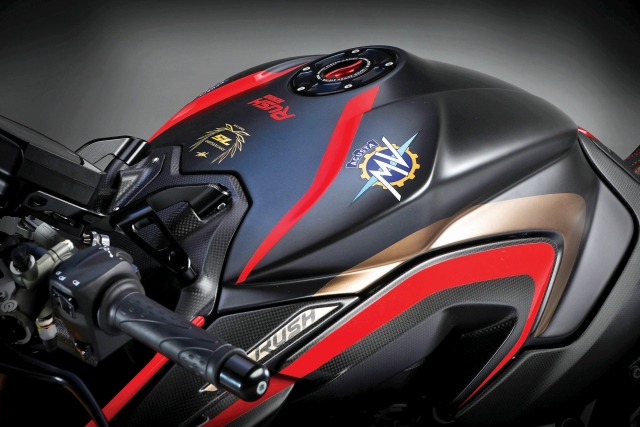
In 2019, the manufacturer re-entered the Grand Prix motorcycle racing arena after a 42-year hiatus with an MV-supported team in the Moto2 category. So, we can expect the brand to recapture their glory in GP racing in the 1950s and ‘60s. As for the future, MV are planning to launch as many as 20 new models over the next five years. Of that lot, we may expect to see motorcycles powered by a new 930-cc, in-line triple engine, an all-new F4 superbike, and even a 350-cc motorcycle that is being developed for the Asian market.
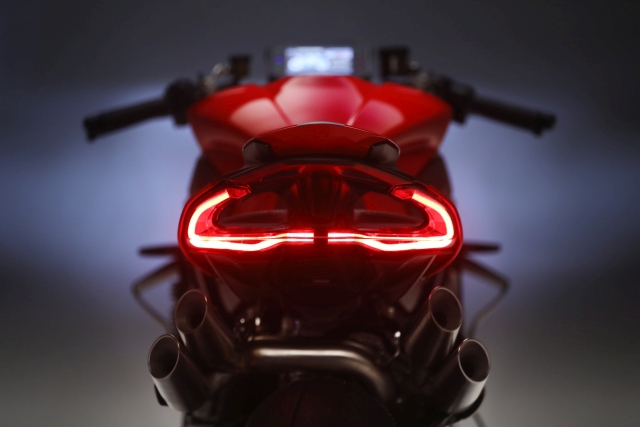
After 75 years in the motorcycle industry, MV Agusta exhibit no signs of weariness and whatever they may have up their sleeve in the coming years, it is certainly not to be missed.

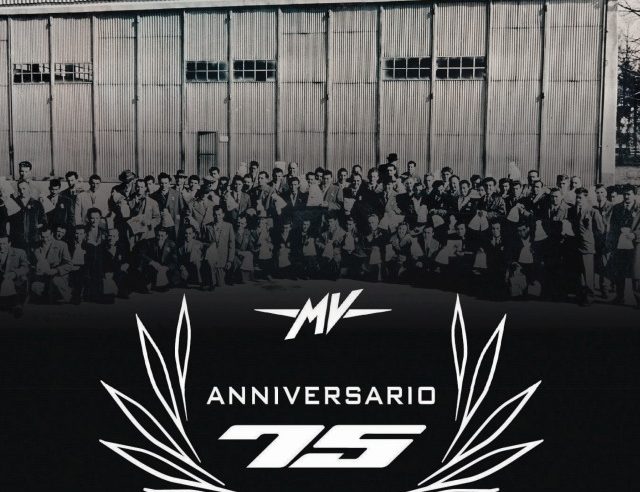
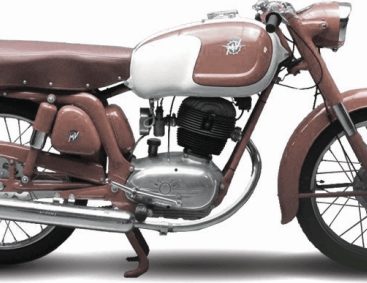
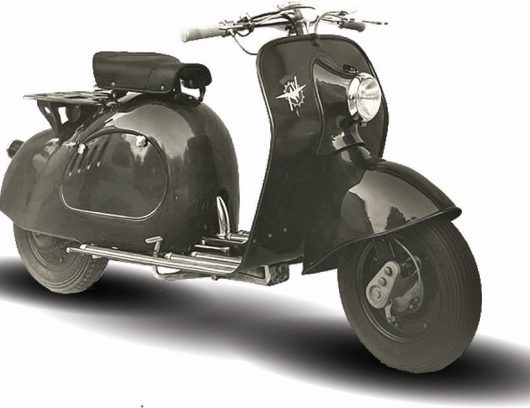
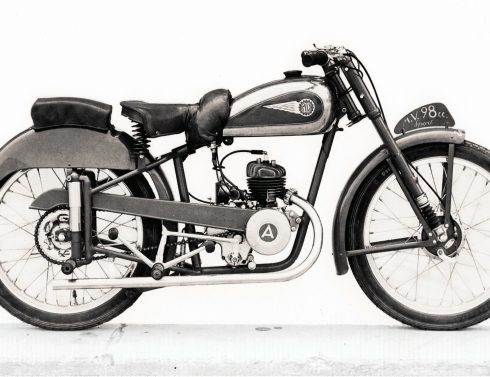
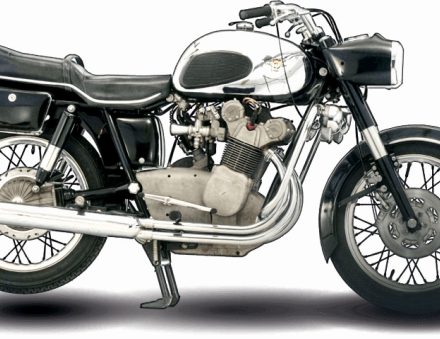
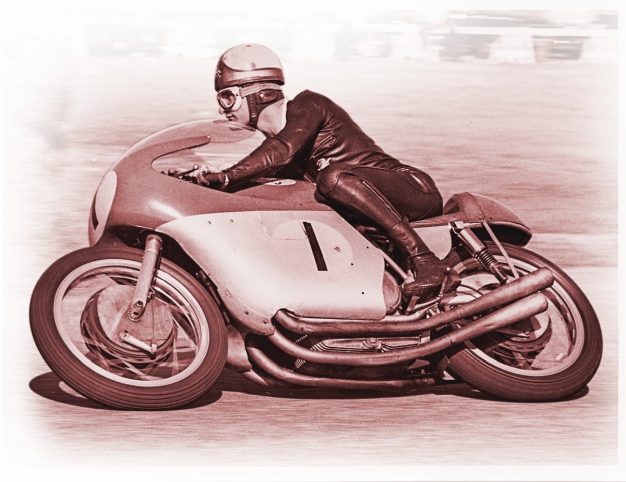
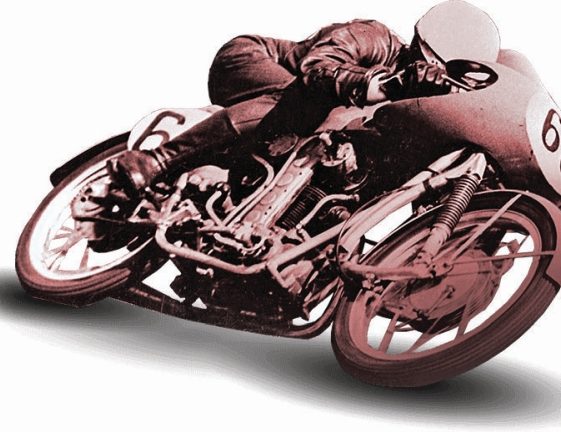
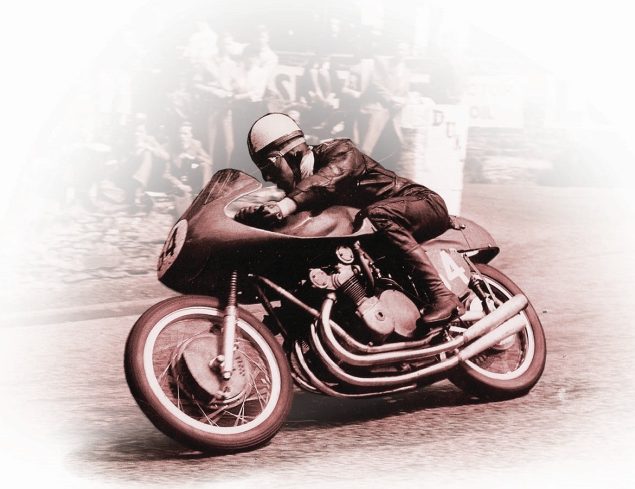
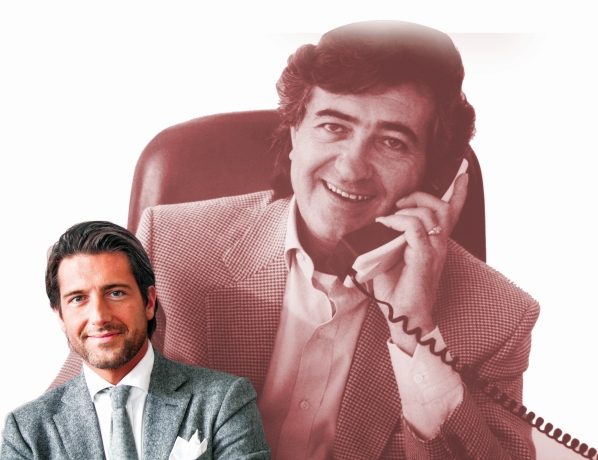
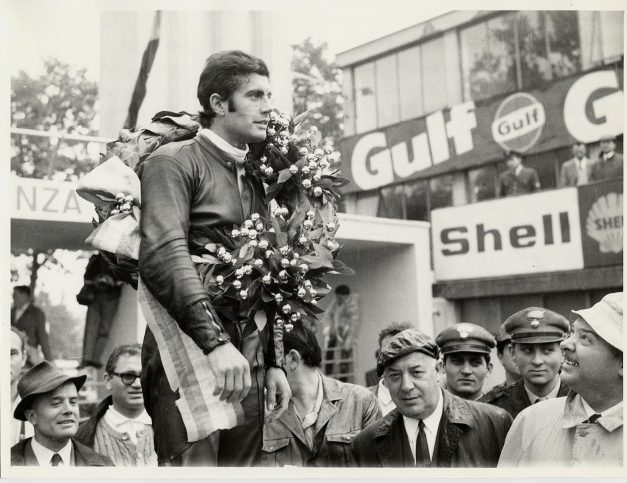
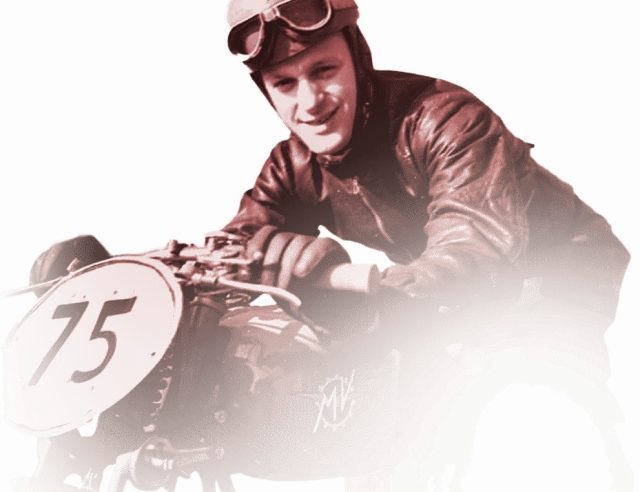
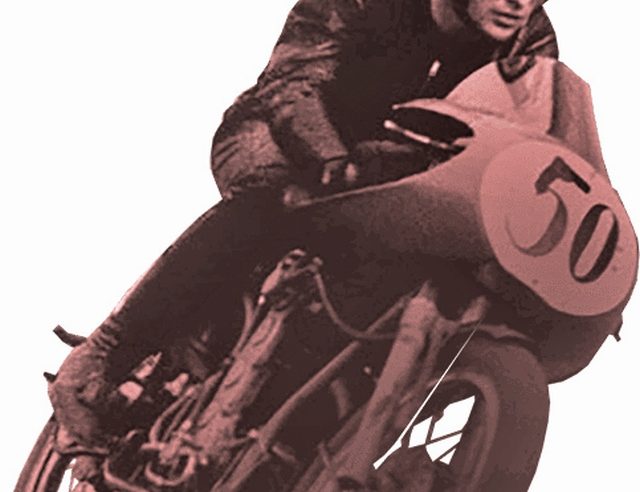
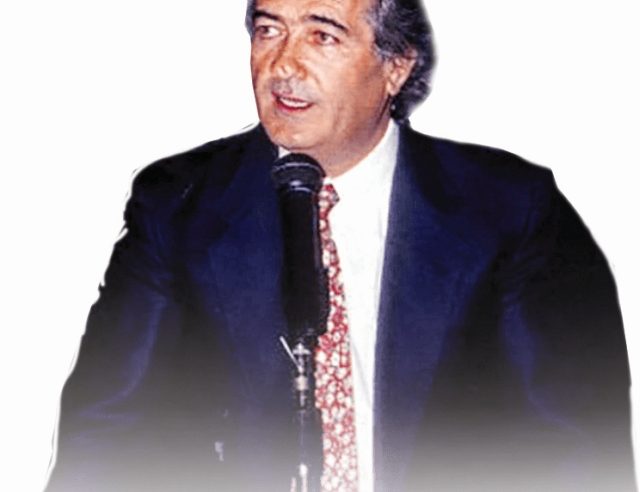
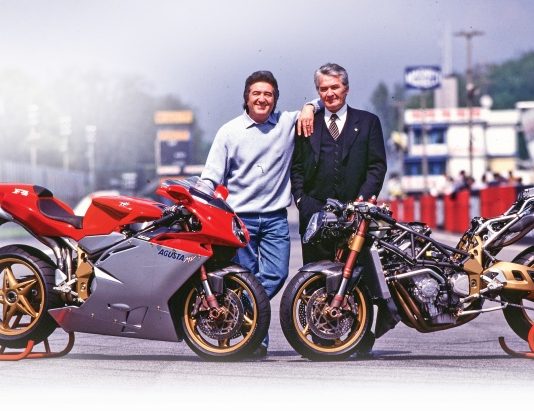
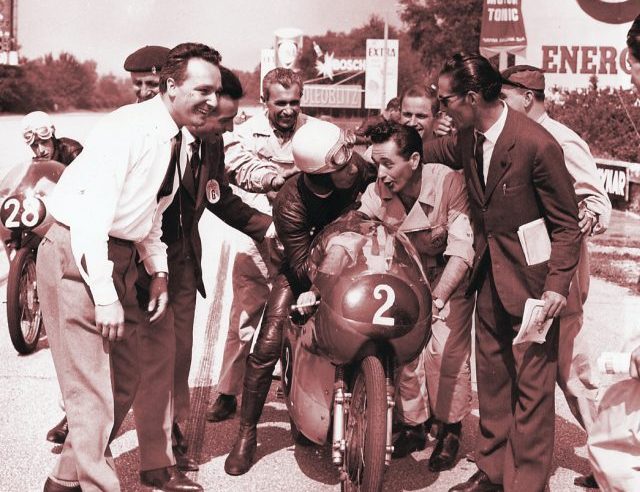
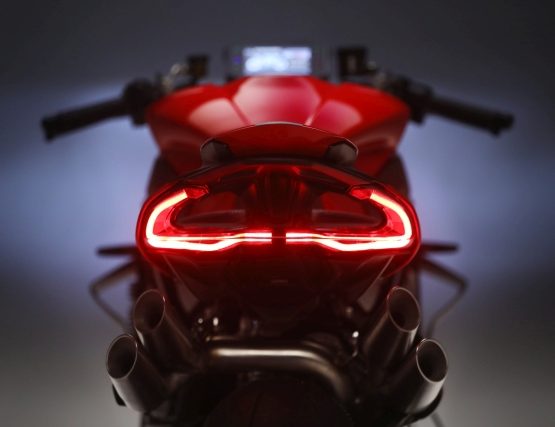
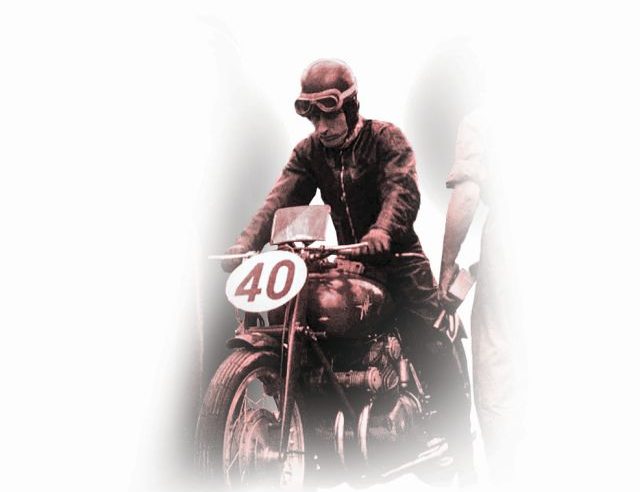
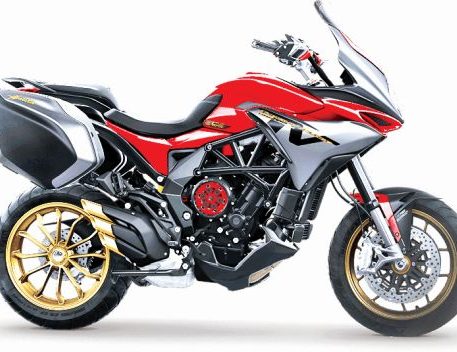
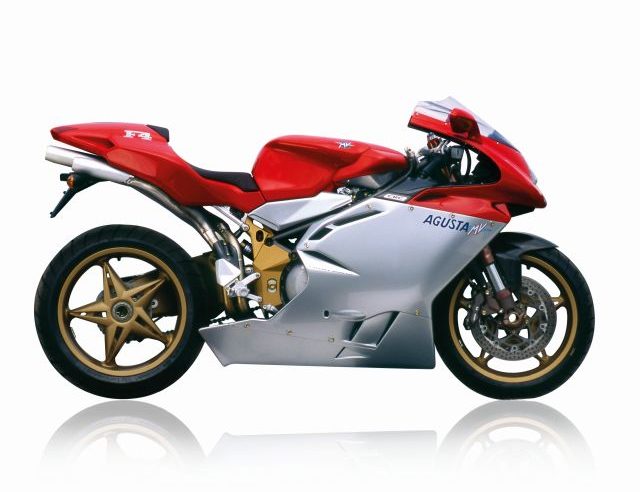
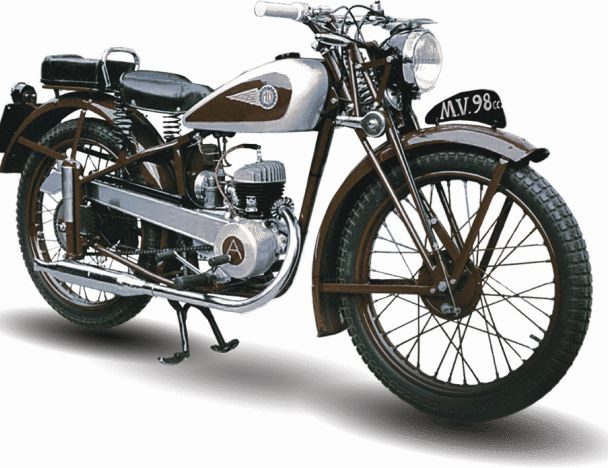
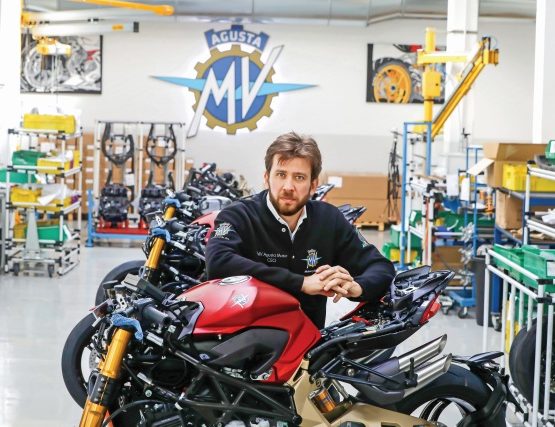
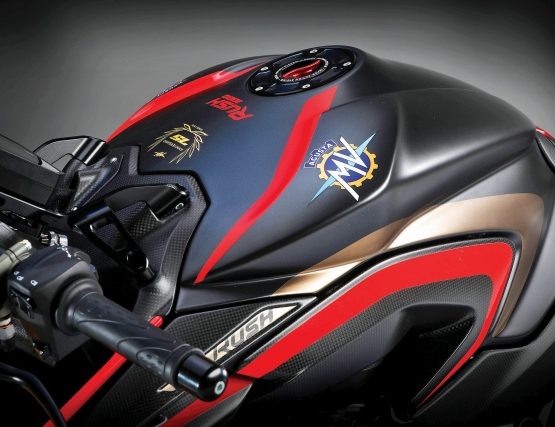
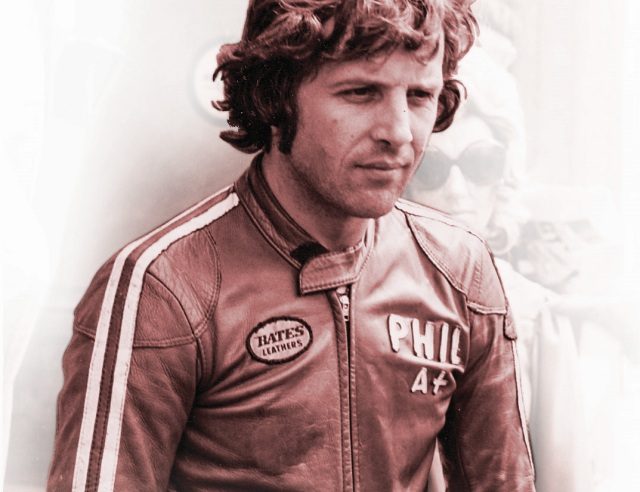
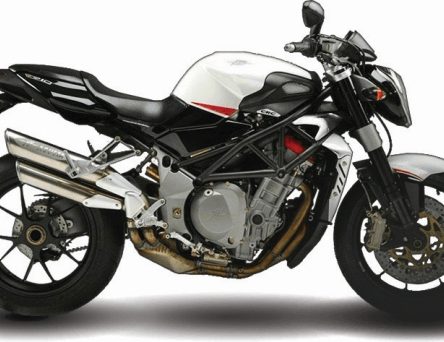
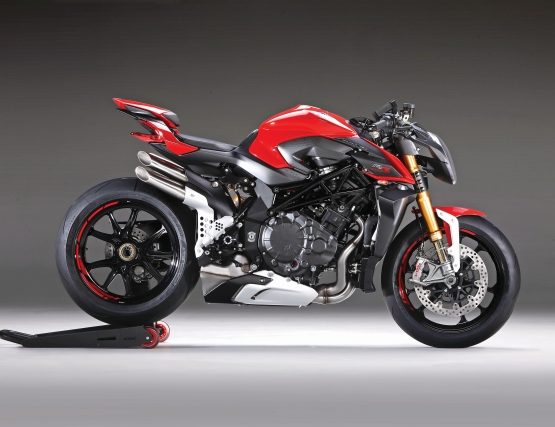
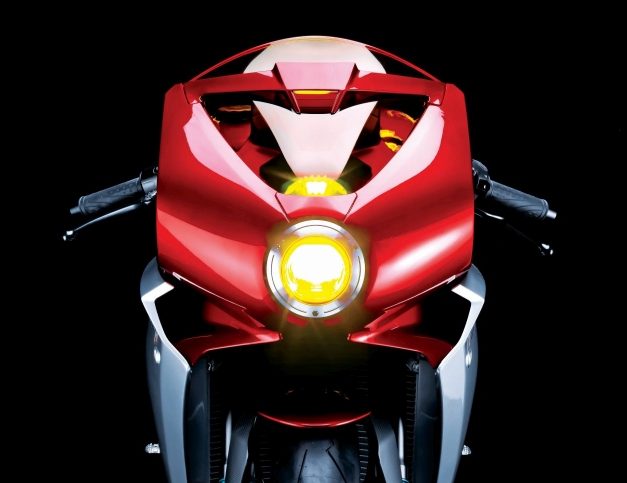

Leave a Reply